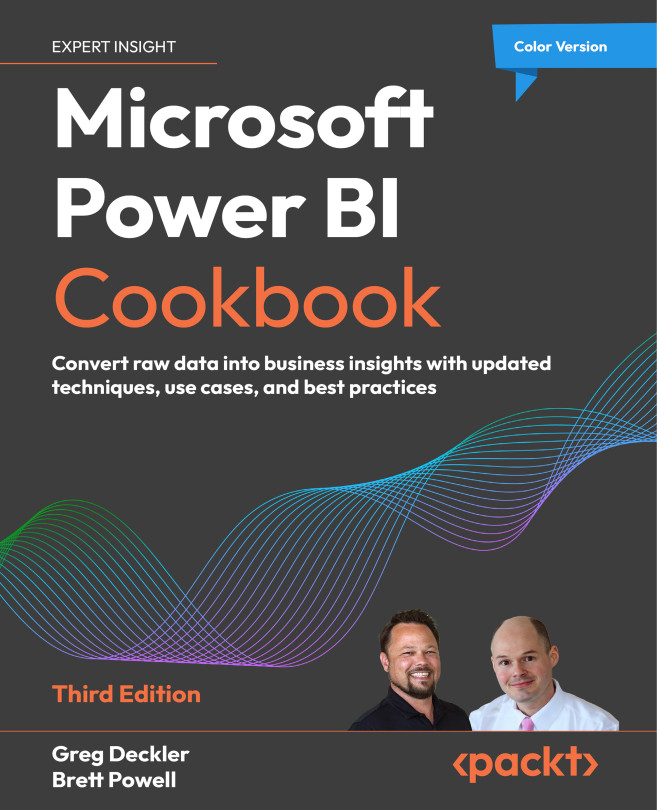Retrieval, optimization, and augmentation
In the previous section, we discussed the high-level RAG paradigm. In this section, we are going to look at the components in detail and analyze the possible choices a practitioner can make when they want to implement a RAG system.
Chunking strategies
We have stated that text is divided into chunks before being embedded in the database. Dividing into chunks has a very important impact on what information is included in the vector and then found during the search. Chunks that are too small lose the context of the data, while chunks that are too large are non-specific (and present irrelevant information that also impacts response generation). This then impacts the retrieval of query-specific information. The larger the chunking size, the larger the amount of tokens that will be introduced into the prompt and thus an increase in the inference cost (but the computational cost of the database also increases with the number of chunks per document...
































































